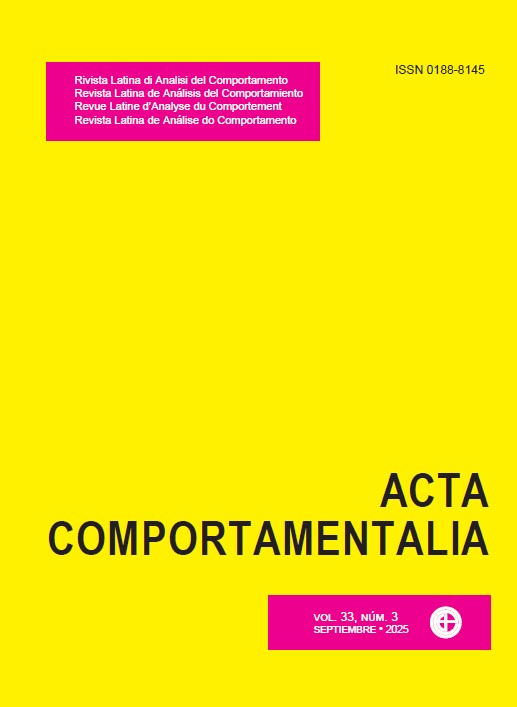Aversion to Inequity in Psychophysical Judgments of Occupational Prestige in Psychology
DOI:
https://doi.org/10.32870/ac.v33i3.88520Keywords:
integration information theory, social psychophysics, aversion to inequity, functional measurment, equity judmentAbstract
This study analyzes the distribution of monetary resources based on occupational prestige and inequity aversion in the workplace. Based on Information Integration Theory (IIT), it seeks to understand how individuals allocate resources when occupational differences are minimal. The objective was to evaluate the effect of presenting information about occupations with similar prestige on resource distribution, identifying patterns of information integration and differentiated allocation strategies. A repeated-measures design was employed with 82 university students. A digital instrument was used with two phases: in the first, participants allocated resources based on the occupation of a single person; in the second, they compared two occupations. Repeated-measures ANOVA and cluster analysis were applied to identify allocation strategies. Participants showed a tendency to distribute resources equally (~50%). However, two groups were identified: the “egalitarians,” who allocated resources uniformly, and the “stratifiers,” who favored occupations such as Neuropsychology and Experimental Psychology. No significant interaction effects were found. The study confirms that inequity aversion emerges even in contexts of similar prestige. It concludes that participants apply
additive integration rules and that perceptions of equity influence the distribution of resources, providing key evidence for the literature on distributive justice and occupational prestige.
Downloads
Downloads
Published
How to Cite
Issue
Section
License

<a rel="license" href="http://creativecommons.org/licenses/by-nc-sa/4.0/"><img alt="Licencia de Creative Commons" style="border-width:0" src="https://i.creativecommons.org/l/by-nc-sa/4.0/88x31.png" /></a><br />Este obra está bajo una <a rel="license" href="http://creativecommons.org/licenses/by-nc-sa/4.0/">licencia de Creative Commons Reconocimiento-NoComercial-CompartirIgual 4.0 Internacional</a>.






